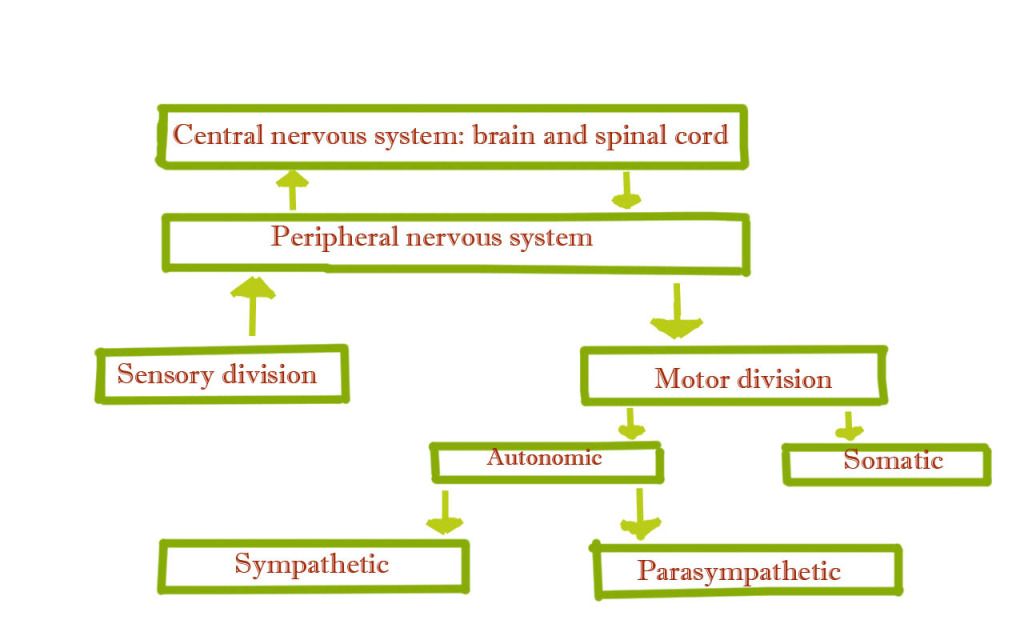Structure and function of the nervous system
The neuron is the structural unit of the
nervous system. We first review the anatomy of the neuron and then look at how
it functions – allowing electrical impulses to be transmitted throughout the body.
Neuron
Individual nerve fibers(nerve cells), depicted
in the figure below, are called neurons. A typical neuron is composed of
three regions:
- The cell body, or soma
- The dendrites
- The axon
The cell body contains the nucleus.
Radiating out from the cell body are the cell processes; the dendrites and the
axon. On the side toward the axon, the cell body tapers into a cone-shaped
region region known as the axon hillock.
The axon hillock has an important role in impulse conduction.
Most neurons contain many dendrites. These are
the neuron’s receivers. Most impulses, or action potentials, coming into the
neuron from sensory stimuli or from adjacent neurons typically enter the neuron
via the dendrites. These processes then carry the impulses toward the cell
body.
In contrast, most neurons have only one axon.
The axon is the neuron’s transmitter and conducts impulses away from the cell
body. Near its end, an axon splits into numerous end branches. The tips of these branches are dilated into tiny
bulbs known as axon terminals or
synaptic knobs. These terminals or knobs house numerous vesicles(sacs) filled
with chemicals known as neurotransmitters
that are used for communication between a neuron and another cell. The
structure of the neuron allows nerve impulses to enter the neuron through the
dendrites, and to a lesser extent through the cell body, and to travel through
the cell body and axon hillock, down the axon, and out through the end branches
to the axon terminals. We next explain in more detail how this happens,
including how these impulses travel from one neuron to another and from a motor
neuron to muscle fibers.











0 коментара:
Постави коментар